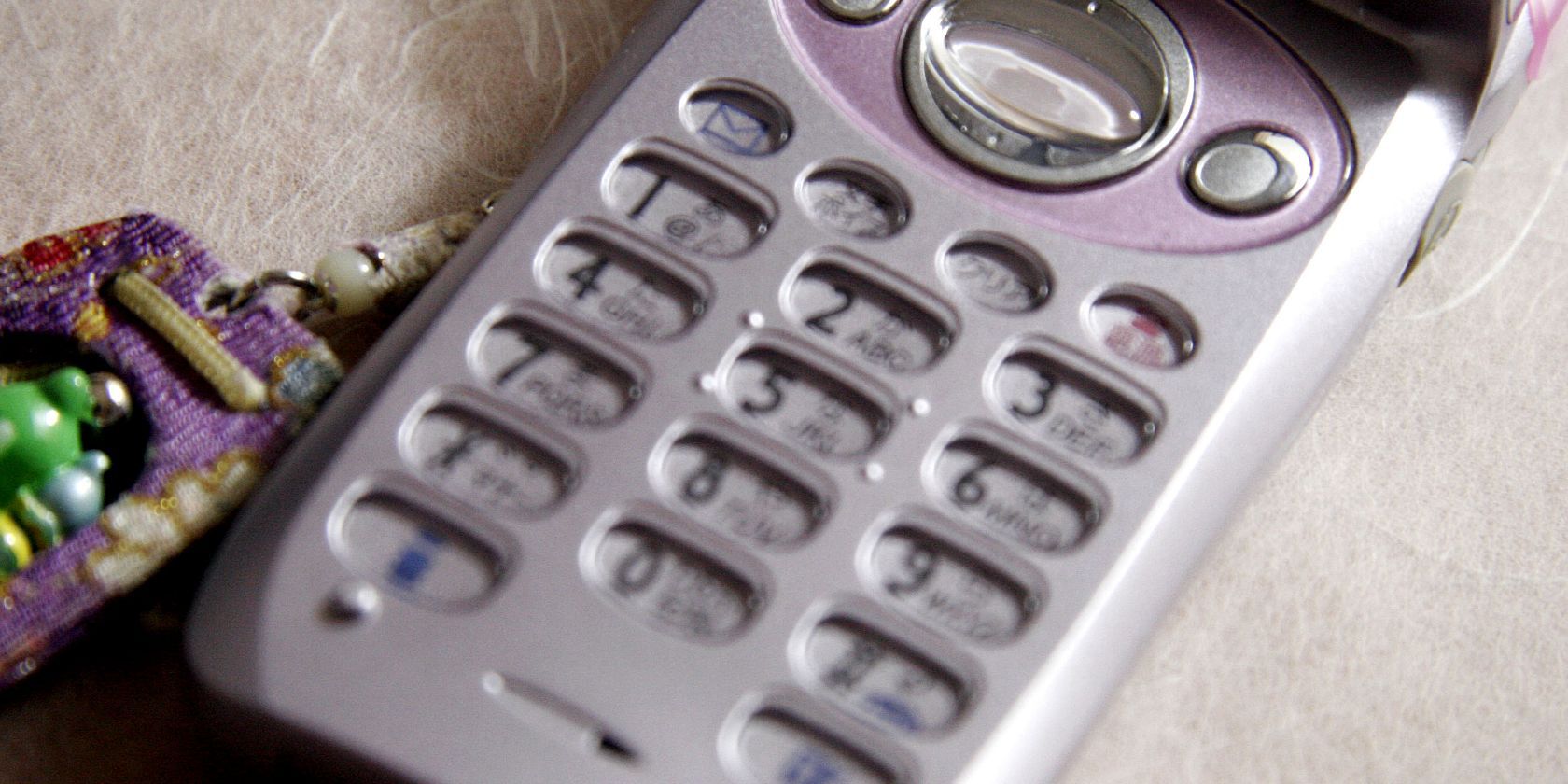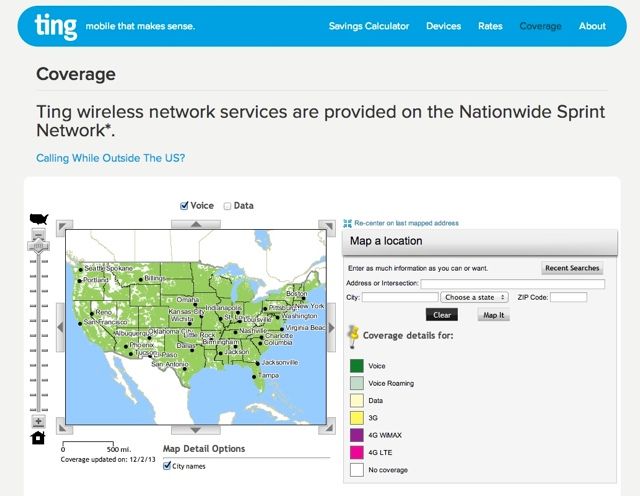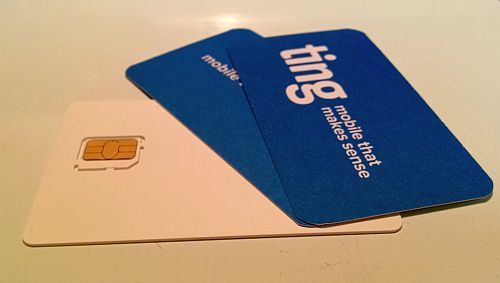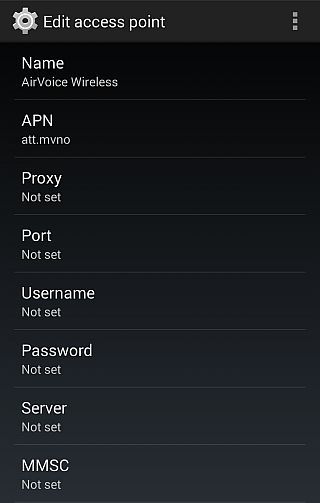In the United States and Canada, getting ripped off doesn't take any effort, just a signature. When you sign a contract for cellular service, you also sign away your freedom. Carriers scam customers by offering cheap phones combined with bloated monthly payments. Saving money, conversely, takes a small amount of work.
What may shock readers: You don't need to sign a contract to get cellular service. Companies, known as MVNOs, offer the same service as the big four network providers, without contracts at all. Switching over to an MVNO doesn't require much effort, either. However, a few barriers to entry might prevent many from dumping the big carriers and switching over.
This article details four requirements for those seeking to switch to MVNOs: Unlocked phones, contracts, covered regions and following directions.
MVNO Requirements
Like everything worth doing, it takes a little bit of effort to start saving. It works like this: MVNOs are cellular companies that rent broadcast spectrum in volume from the big four networks, and resell it to consumers at a substantial discount. Before getting started, you must meet four pre-requirements:
- Own an unlocked mobile phone;
- Not be on contract with a cellular carrier (Ting pays 25% of your Early Termination Fees);
- Live in a region covered by a cellular network;
- A willingness to follow directions without a lot of hand-holding.
Own an Unlocked Phone
If you buy or own an unlocked phone, keep in mind that it must broadcast on the same frequencies as the MVNO and it must not be carrier-locked.
Unlocked Phones
You can either unlock your current phone by completing your contract and contacting your carrier or by buying an unlocked device, such as the Nexus 5 (our review of the Nexus 5).
The two major differences between a locked and an unlocked phone are simple:
First, you pay the full price for an unlocked phone. For example, the Nexus 5 (the cheapest flagship phone you can buy) costs $349-399. For comparison, a locked phone comes directly from a carrier and will only work on a single network, at least until you fulfill the terms of your contract. Locked devices include "subsidies" meaning they're cheap at the point of sale, but come with contracts and bloated monthly payments. You actually pay more in the long-run for subsidized, locked devices than you do for unlocked ones.
Second, locked devices can switch over to any network, provided it uses a compatible technology. Most unlocked phones work on GSM networks, although some (like the Nexus 5 and iPhone 4) can work on both CDMA (Sprint/Verizon) or GSM (AT&T/T-Mobile).
Broadcast Frequencies
Before signing up for an MVNO, you need to own a phone capable of operating on your MVNO's network. A simple rule to remember about unlocked smartphones is that their data capabilities function best on the network they've originated from. For example, a Verizon phone works on Verizon-based MVNOs, such as PagePlus Wireless. However, T-Mobile and AT&T phones using the GSM standard are interoperable with one another's networks.
Also, MVNOs broadcast on the same frequencies as the network they're based on. For example, AirVoice Wireless broadcasts on AT&T's GSM frequencies of 850/1900 (measured in MHz) and UMTS frequencies of 850/1900. Ptel broadcasts on T-Mobile's GSM (850/1900) and UMTS (1700/1900). For this reason, if you have an older phone from a particular network, it's easier to move that device onto an MVNO that rents spectrum from a network that your phone originated from.
LTE frequencies possess a bit more complexity. Some MVNOs don't offer it while others do. Ultimately, whether or not you can get LTE depends on three factors: (1) whether it's offered by your MVNO, (2) whether it's offered by the network in your area and, (3) whether your phone supports the LTE frequency on that particular network.
You may find a list of MVNOs, with their corresponding network, on Wikipedia.
Not Be on Contract
Once you sign a contract with a carrier, they own you. The cheap price of a phone on contract disguises the outrageous monthly payments charged by carriers. The simple math, unfortunately, adds up to hundreds more a year, compared to what MVNOs charge.
Look at it this way: What costs more -- a $350 phone and payments of $45 a month or a $200 phone and payments of $80-100 per month? If you're on contract, don't do anything that extends your contract, especially don't buy a new phone. And if you're off-contract, consider switching over as soon as possible.
Regions Covered by MVNOs
Each MVNOs comes associated with a major network. For example, Ting uses the Sprint network. On the other hand, perennial favorite Straight Talk uses all four networks. Each network remains separate from one another. To choose an MVNO, make sure your region has coverage.
First, pick an MVNOs that has a plan fitting your needs. There are many. Second, make sure the network covers the region where you live. Most MVNOs offer ZIP-code lookup tool, to verify that you will receive access.
Very Little Handholding
I'll hold your hand, if it comes down to it, but if you run into problems, you will need to do your own configuration and troubleshooting setup. Two of the biggest problems that MVNO uses encounter are SIM card size mismatches and APN settings.
SIM Card Sizes
For those of you coming from T-Mobile or AT&T, you already know what a SIM card does. For Verizon or Sprint customers, you won't be able to use your phone on any network other than one based on Verizon or Sprint. AT&T and T-Mobile phones can simply swap out SIM cards to change networks between T-Mobile or AT&T.
SIM cards are a GSM technology. They come in varying sizes: miniSIM, microSIM and nanoSIM. Some MVNOs only offer SIM cards in one size, the most popular being miniSIM. Unfortunately, newer phones often require the smaller sized microSIM and nanoSIM cards. Adapters can convert microSIM into miniSIM and miniSIM can be cut down to fit into a microSIM (or nanoSIM) form factor.
APN Settings
Non-functional data connections remains a common issue encountered with data-enabled smartphones. Fortunately, by reconfiguring your phone's APN settings, you can establish proper data connectivity with the MVNO network. The process doesn't take much effort, either.
Conclusion
Don't sign contracts with cellular companies. They may offer marked down prices on phones, but you will pay for this in the long-run. Most users end up shelling out hundreds more than had they purchased an unlocked phone. Unfortunately, not everyone can make the switch. If you own a locked device, signed a contract, live in a region without cellular coverage or can't follow simple directions, MVNOs aren't for you. For everyone else, they will save substantial amounts of money.
Image Credits: Phone via MorgueFile, Hand Holding via MorgueFile; Phone via MorgueFile






